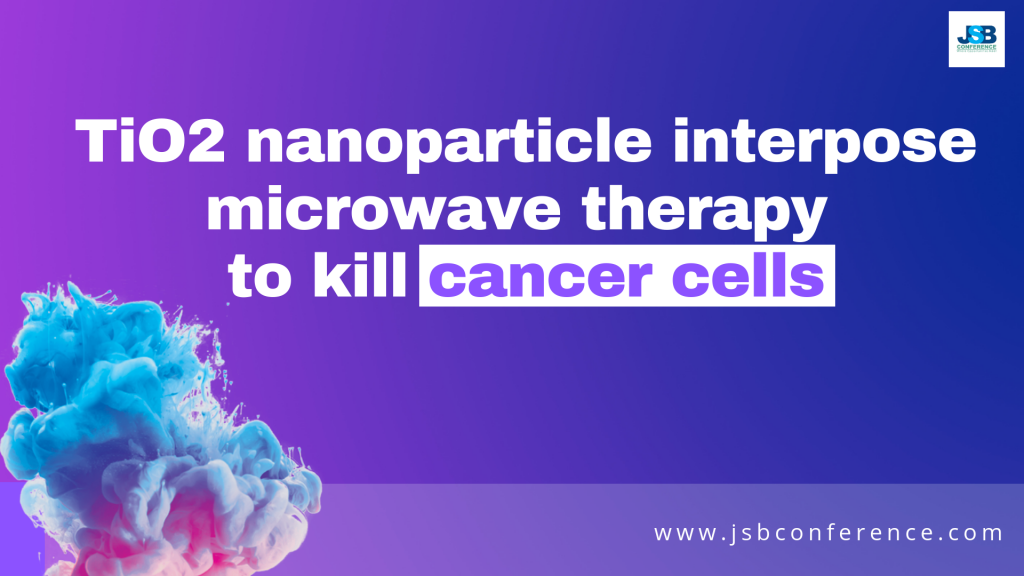Nanoparticles activated by light and ultrasound has been in the studies for cancer treatments for quite a long time. However, its incorporation for the microwave was of little evidence. Researchers have shown that TiO2 nanoparticle if activated with the help of microwaves, it helps cancer cell destruction which possibly explores the opportunity for people struggling with cancer-life.
Recent research of Nanomedicine, Nanotechnology, Biology, and Medicine an international research team put forward a proposal for the use of microwaves and nanoparticles for more effective cancer treatment. With this, the combination of two generates the production of reactive oxygen species which eventually turns out to be safer for cancer treatment with higher chances of success.
In the radical therapy induced by microwave, the team has explained the MDT- Microdynamic Treatment as follow- It exploits the higher concentration of ROS in tumor cells. This is done to particularly drive the cancer cell-death while also maintaining normal cells harmless.
Experiments led by the research team were in vitro and in vivo which manifested that the development of osteosarcomas can be subdued under microwave irradiation. The research papers were put forward in an international conference on nanobiotechnology. The upcoming 2nd EuroSciCon Conference on Nanotech & Nanobiotechnology 2019 explores and demonstrates such issues in the field of nanotech.
In the long-established microwave therapy, the cells of the cancer are heated to stimulate the death of cancer. However, it becomes tough to target each cancel cell separately without disturbing the healthy or normal cells.
As the TiO2 nanoparticles are added to produce ROS, the research team was able to reduce the heating impact of microwaves. This grew the oxidative impact to end cancer cells without affecting the normal tissues.
Intracellular ROS are able to harm plasma membranes, DNA and mitochondria leading to the death of cancer cells. TiO2 enters cells and cause the production of ROS to destruct the mitochondria of cancer tissue. This eventually leads to apoptosis.
If compared with cancer cells, healthy tissues have a lower and steady saturation of ROS. Hence, the research team can propose extended levels of ROS to cause the death of cancer cells without even making normal cells vulnerable.
Though TiO2 or low-power microwave irradiation does not efficiently kill cancer cells, its combination proves success in establishing a toxic effect. To gain better results for bone cancer treatment, more than MDT, microwave ablation therapy has previously been shown to be a worthwhile treatment.
That being said, Microwave ablation therapy has applications for fighting with cancer types. Unlike the pilot case where only osteosarcomas are used.
For activating ROS, using light such as found in photodynamic therapy could be a difficult thing for the treatment of the tumor. Especially in the occurrences where the tumor is deeply located in within the body.
That being said, Microwaves lend the ability to penetrate deeper propagating through every type of tissue as well as nonmetallic materials.
The results of this pilot research indicate Microdynamic Therapy is a propitious viewpoint for the treatment of cancer despite the method being only at the start and restraints are yet in the exploring phase.
